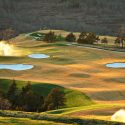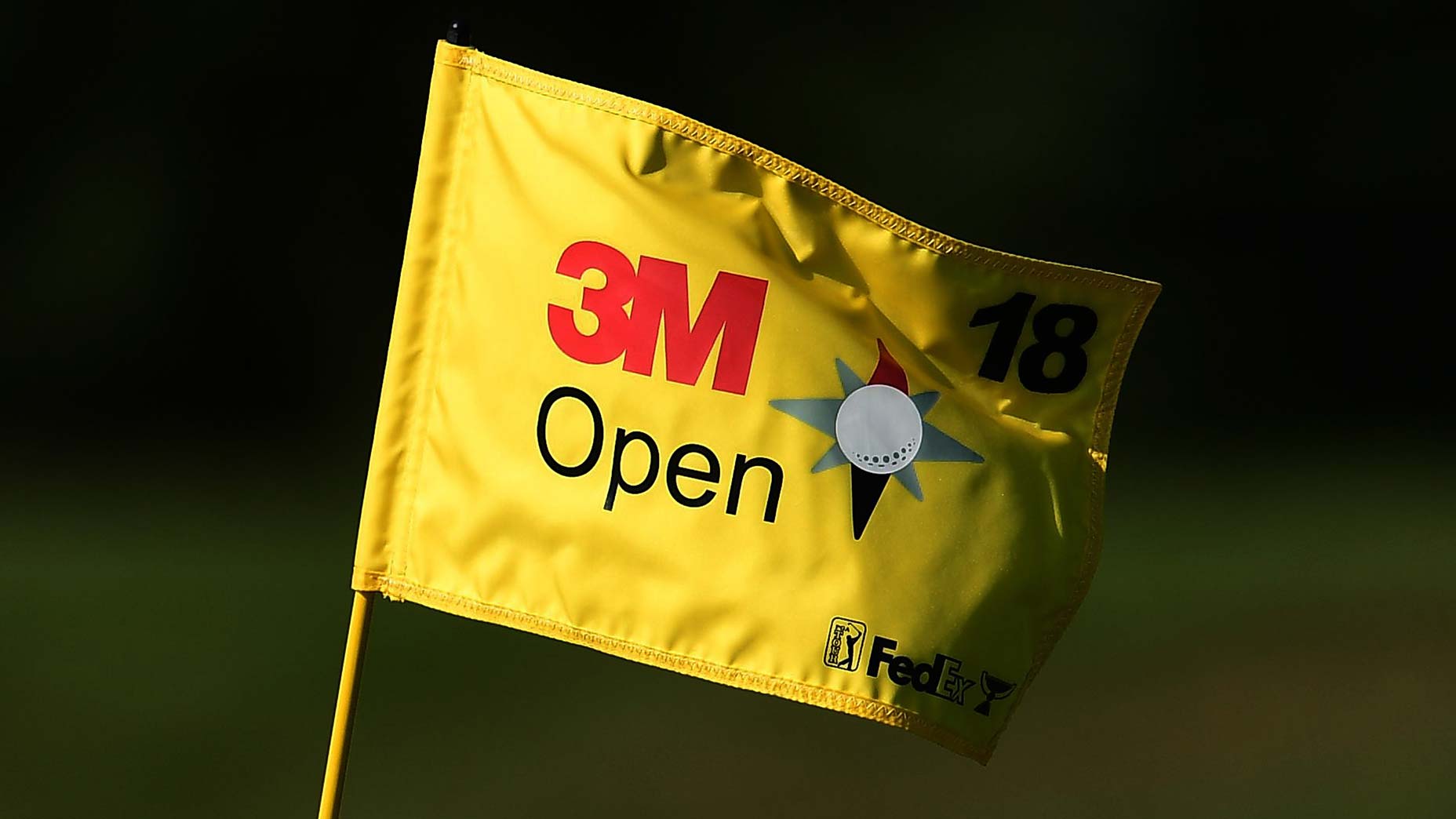 As PGA Tour season winds down, players balance patience, aggressiveness
As PGA Tour season winds down, players balance patience, aggressiveness
Tiger Woods on the vision behind his first public golf-course design, Payne’s Valley

HOLLISTER, Mo. — Tiger Woods is known for intimidating players. He doesn’t want his golf-course designs to have the same reputation.
Woods’s imaginative work at Diamante, in Los Cabos, Mexico, and Bluejack National, near Houston, adhere to that mantra. So, too, does his first public design: Payne’s Valley, at Big Cedar Lodge, in the Ozarks.
“I want to see a lot of birdies made here,” Woods said last week on what was his third visit to the course, which is scheduled to fully open this spring. “I have always felt that golf is about bringing people together and this has served as my inspiration to design fun and playable courses.”
The course, which is named for the late Payne Stewart (an Ozarks native), has nine holes grassed and ready for play and a second nine under various stages of construction. The hole yardages and pars are still a work in progress.
As Woods sees it, there are three basic tenets to his fun-comes-first design philosophy.
“I have wide landing areas, open green fronts, and tightly mowed green surroundings,” he said. “Wide landing areas off the tee means less lost golf balls, making the game more enjoyable and helping to speed up play. Open green fronts allow for golf balls to be bounced up onto the greens adding to the available shot options and giving shorter hitters an alternative to the high shot with lots of spin.”
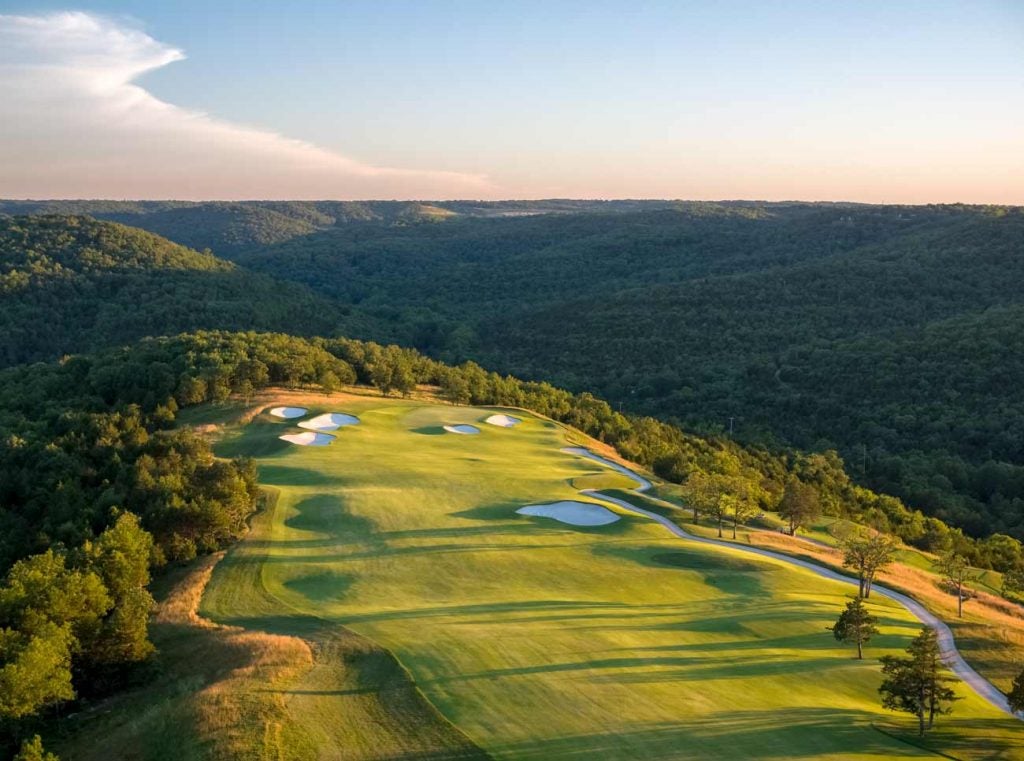
Case in point: the drivable par-4 3rd at Payne Valley, which has a sprawling landing area and no water hazards; Woods positioned the hole early in the round to give players a chance to get off to a good start. Or the risk-reward par-5 4th, which also has plenty of room off the tee. Players will have a chance to get home in two at the 4th, although the second shot will make them think: There is a creek running across the fairway in front of the green and a lake to the left. The next hole is a stunning island-green par-3, one of few spots where a wayward tee shot can result in a lost ball.
“A lot of people keep score by how many balls you lose in a round, hopefully not too many here,” said Byron Bell, president of Tiger Woods Design and Woods’s childhood friend.
The fun extends beyond the 18th hole. Owner Johnny Morris dreamed up a par-3 19th hole (ideal for settling bets) that is backed by a dramatic cliff face.
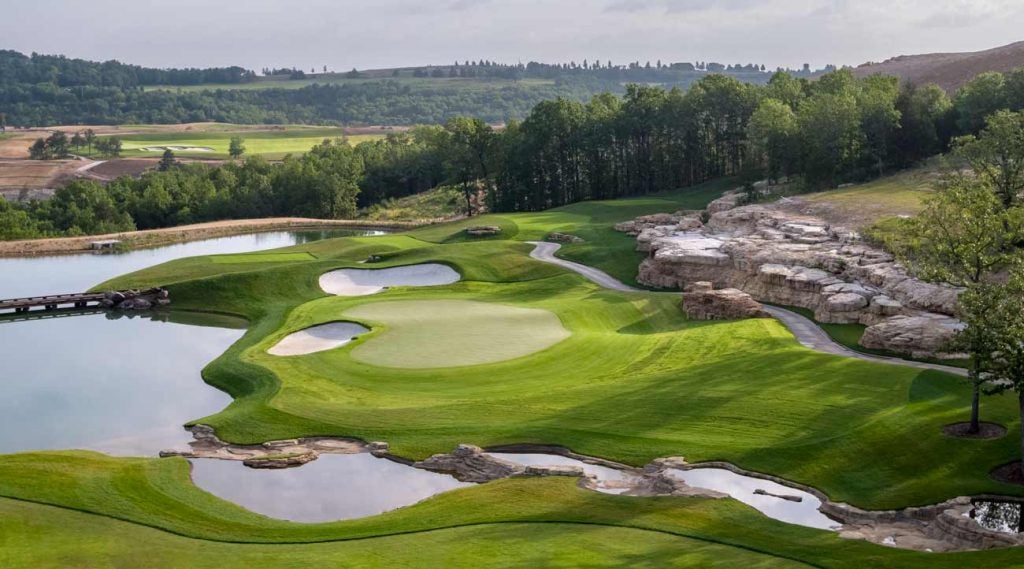
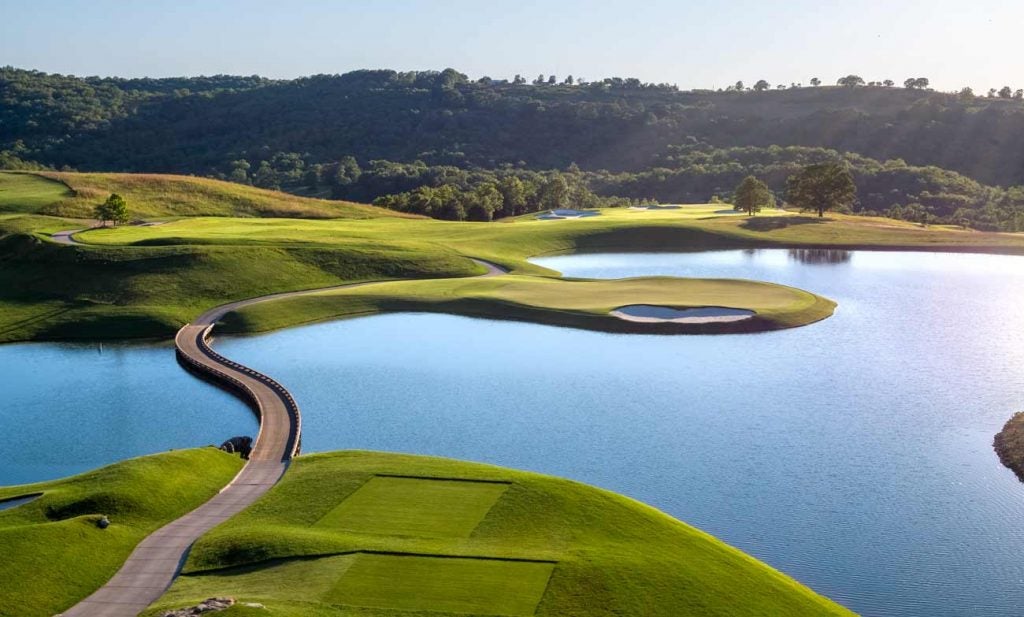
ADVERTISEMENT
How does arguably the greatest golfer of all time design a course for the masses? “Tiger plays pro-ams all the time and sees plenty of amateur golfers, so he knows how to design holes for them,” Bell said. “He goes to check on what Tiger as a 6-year-old would think of these holes, what he would think of the bunkers and where they are located?”
Adds Woods: “Some of my greatest memories are growing up playing golf alongside my dad at public courses. I want to create courses that future generations can share those same experiences and I can play with my kids.”
Woods’s favorite style of courses are the “inland links”-type designs found in the Australian Sandbelt, which present golfers with multiple ways to play the same shots, either through the air or on the turf. “I want the ground to be a player’s friend,” Woods said. “Tightly mowed green surroundings allow players the option of using everything from a putter to a lob wedge when recovering from a missed green. I believe this allows players to play to their strengths versus forcing them to hit a lob wedge out of thick rough. It also promotes creativity.”
As with his earlier designs, Woods has played a hands-on role in bringing Payne’s Valley to life, at times making adjustments on the fly.
“He is very engaged and interested in the process and how we are going to get things done,” said Todd Bohn, Big Cedar’s director of agronomy. “He drew several holes on a napkin, made changes as we went along.
“We would be walking the holes and he would remember the shot he had hit and the shots other people would have hit. He would say, Vijay [Singh] would hit pitching wedge here.”
Woods’s design joins a deep roster of golf offerings at Big Cedar, including Buffalo Ridge, a Tom Fazio design that is home to the Bass Pro Shops Legends of Golf, and Ozarks National, a 2018 design by Bill Coore and Ben Crenshaw. The property also has a nine-hole par-3 course by Jack Nicklaus, a 16-hole practice facility designed by Arnold Palmer, and a sprawling putting “Himalayan” putting complex built by Tom Watson.
Check out some more photos of Payne’s Valley below.
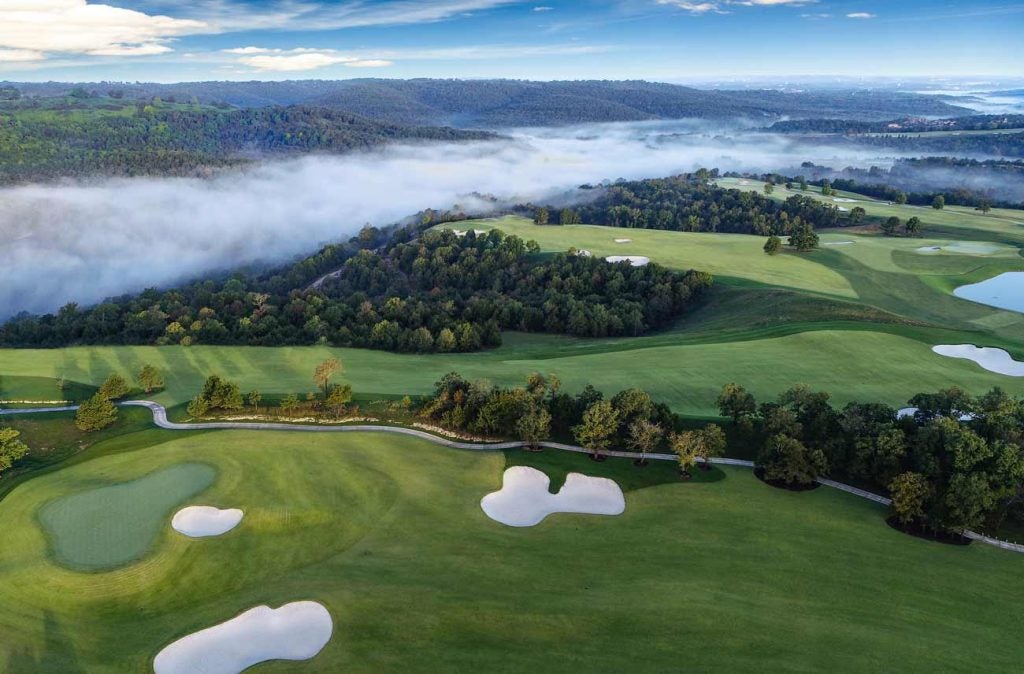


To receive GOLF’s all-new newsletters, subscribe for free here.
ADVERTISEMENT



